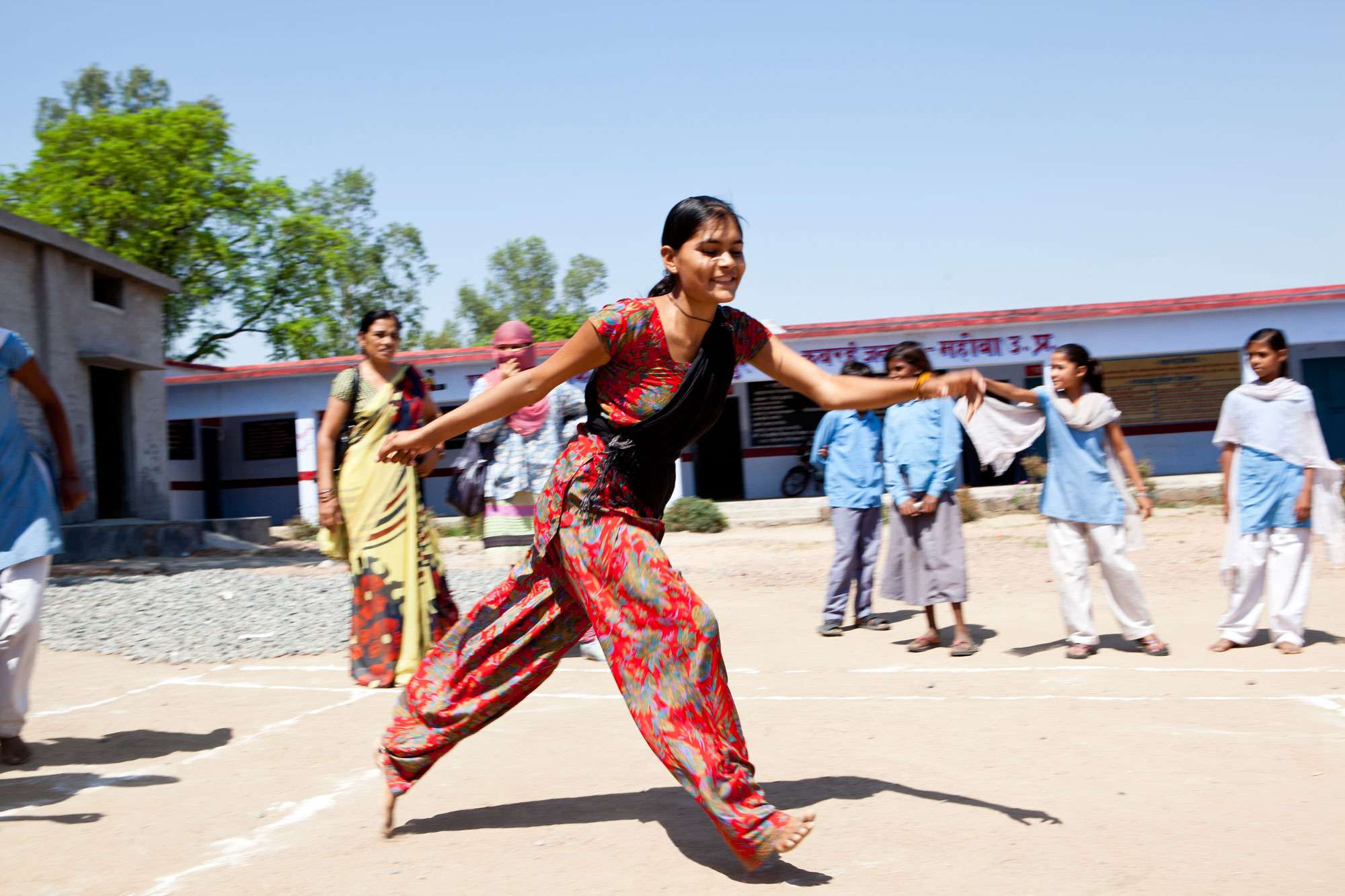Investment in the health and well-being of adolescents (those aged 10-19) yields a triple dividend1: it improves the situation of today’s adolescents in adolescence, their life and careers in adulthood, and the situation of the next generation, as healthy and educated adults will rear healthy and educated children.
Many donors, big and small, have supported nonprofits to implement programmes intended to keep adolescents in school, delay marriage and first pregnancy, impart life and livelihood skills, and change the attitudes of the young to believe in gender equity.
[quote]We live in a society characterised by a deep gender bias that inhibits parents from investing as much in their daughters as in their sons.[/quote]
These are typically two-three year projects, with individual interventions lasting perhaps one-two years. These interventions recognise that we live in a society characterised by a deep gender bias that inhibits parents from investing as much in their daughters as in their sons, keeps girls confined to the home, restricts them from spending time with their peers, and brings them up to believe that boys are superior to girls, and that serving the men in their life is girls’ main role.
The programmes therefore aim to reverse this situation and empower adolescents, mostly girls, to make informed life choices. They bring girls together in a group setting–a safe space–that allows them to build friendship networks, while developing their skills to take decisions about their own life, informing them about their growing bodies, the health and social benefits of postponing marriage and pregnancy, contraceptive options, and so on. They teach adolescents to assert themselves, develop self-confidence, learn communication skills and the skills to negotiate wanted outcomes. Some may also expose girls to a livelihood skill or academic coaching.

Photo courtesy: Charlotte Anderson
While such programmes will likely result in increasing the age at marriage, promoting contraception and use of pregnancy-related services, and expand skilled employment opportunities, these results will not be visible (among the cohort addressed) by the end of the intervention.
The reason is simple: by the end of the intervention, few girls will have transitioned into a stage of life when they seek livelihood training or employment opportunities; hardly any girls (perhaps just those in the older ages) will have reached the age when marriage planning is initiated; and few girls (other than the roughly four percent who are sexually active before marriage) will be in need of contraception or pregnancy-related care. So, expecting group-level changes in these indicators is unrealistic.
What can donors expect in the short-term?
At the end of the programme, when the adolescents are still in adolescence, a different set of indicators should be measured, those that will apply to all adolescents and can be measured shortly after the intervention is completed.
[quote]At the end of the programme, measure those indicators that apply to all adolescents and can be measured shortly after the intervention is completed.[/quote]
Rather than indicators preferred by donors–such as age at marriage, contraceptive use, interval between marriage and the first birth and institutional delivery–the indicators used must be those that are known or hypothesised to influence marriage and childbearing or other outcomes that are manifested in adulthood.
These may include: knowledge of health promoting practices (for e.g., contraception), rights (to delay marriage, access abortion), entitlements (scholarships, livelihood training) and services (where to get contraception or pregnancy-related services), gender role attitudes that reject views of women as subservient and inferior, access to the support of peers and trusted adults, an ability to express one’s own ideas confidently and negotiate wanted outcomes.
In eminent demographer, Judith Bruce’s terms, these are the assets that adolescents must acquire in order to make informed, safe and wanted transitions into sexual life, marriage and reproduction, career and every other facet of their adult life.
When can we expect to see the desired longer term outcomes?
To measure the effect of an intervention on delaying marriage and childbearing, a longer-term evaluation is needed. But this requires resources and a time span exceeding the typical project cycle of two-three years.
Donors and nonprofits should consider exploring longer-term effects by revisiting project sites several years later. This could be once the cohort reached in a life skills programme (say, aged 15-19) has made the transition into work, sexual and married life (say, 20-24).
[quote]Donors and nonprofits should consider exploring longer-term effects by revisiting project sites several years later.[/quote]
Such an evaluation was conducted, for example, of Pathfinder International’s PRACHAR project. In this project, adolescents aged 15-19 years attended a training programme that informed them about their sexual and reproductive health options, their right to delay marriage, and so on, and thereby aimed to empower them.
Four years later, the Population Council evaluated the extent to which those young people who had been exposed to the programme–now aged 19-23 years, and comprising both married and unmarried youth–differed from a matched sample who had not been exposed to it.
Findings showed that girls exposed to the intervention were more likely than those not so exposed to know about contraceptive options, make decisions for themselves, demonstrate assertiveness about expressing their preferences to adults, own and operate a bank account, have freedom of movement, and hold gender egalitarian attitudes.
Those married were more likely to have used contraception immediately after marriage, and be using contraception at the time of the follow-up assessment. Those who had initiated sexual relations prior to marriage were more likely to have practised safe sex, that is, used a condom in their pre-marital sexual encounters. Many of these effects would not have been observable immediately following the intervention.
Donors therefore need to balance their expectations with their resources and time constraints. There are no quick fixes in promoting social change.
- Patton George C, S. M. Sawyer, J. S. Santelli, D. A. Ross et al. 2016. Our future: a Lancet commission on adolescent health and wellbeing. The Lancet, www.thelancet.com Published online May 9, 2016 http://dx.doi.org/10.1016/S0140-6736(16)00579-1





